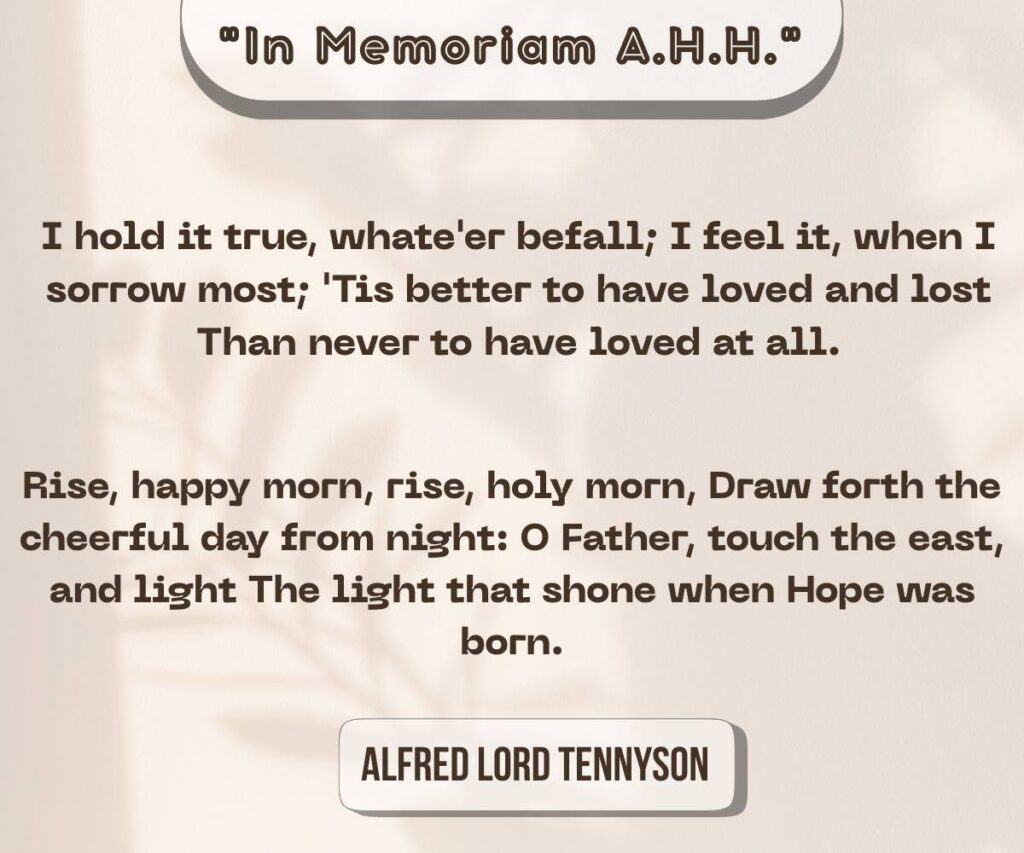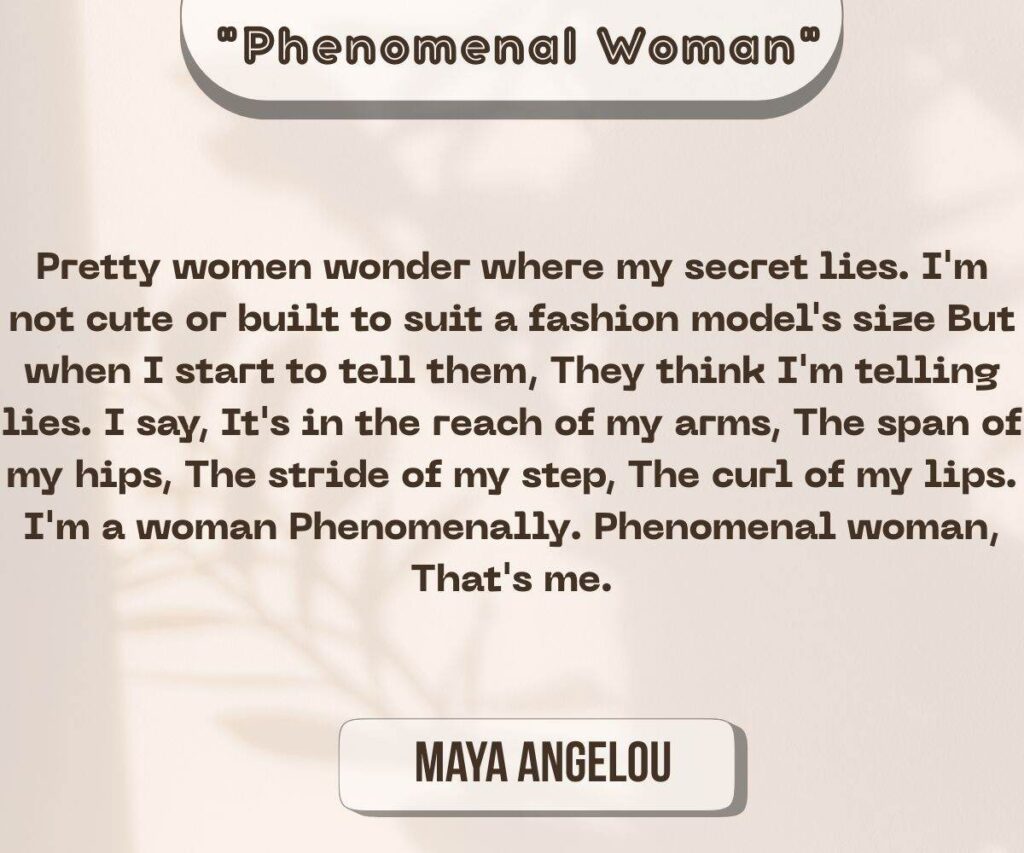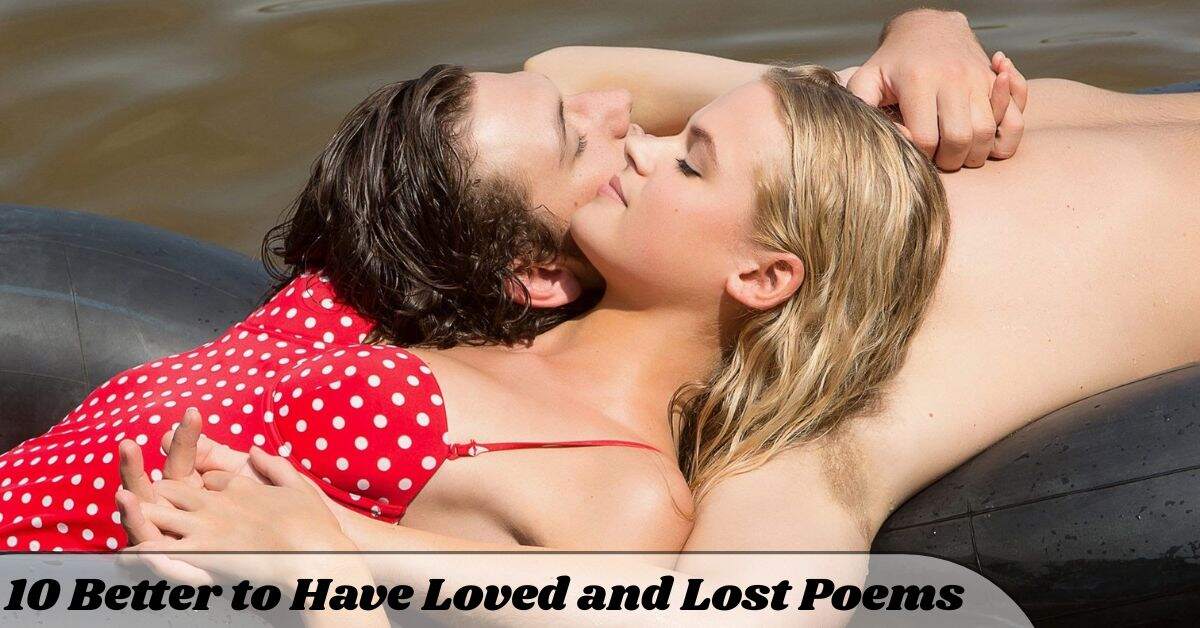Love hurts. Yet somehow, poets have spent centuries convincing us that romantic pain carries hidden gifts.
Alfred Lord Tennyson’s famous line “‘Tis better to have loved and lost than never to have loved at all” captures this paradox perfectly.
These ten remarkable better to have loved and lost poems prove that heartbreak can create the most beautiful art.
5 Classic “Better to Have Loved and Lost” Poems That Defined Heartbreak

Some Related Poems: 25 Best Poems About Love for Him
Alfred Lord Tennyson – “In Memoriam A.H.H.” (Excerpt)
I hold it true, whate’er befall; I feel it, when I sorrow most; ‘Tis better to have loved and lost Than never to have loved at all.
Rise, happy morn, rise, holy morn, Draw forth the cheerful day from night: O Father, touch the east, and light The light that shone when Hope was born.
Tennyson’s masterpiece contains literature’s most quoted line about love and loss poetry.
Written over seventeen years, this 2,916-line poem explores grief’s complex stages.
The poem transformed Victorian attitudes toward mourning and became therapy for countless readers facing their own losses.
William Shakespeare – Sonnet 116
Let me not to the marriage of true minds Admit impediments. Love is not love Which alters when it alteration finds, Or bends with the remover to remove.
O no! it is an ever-fixed mark That looks on tempests and is never shaken; It is the star to every wand’ring bark, Whose worth’s unknown, although his height be taken.
Love’s not Time’s fool, though rosy lips and cheeks Within his bending sickle’s compass come; Love alters not with his brief hours and weeks, But bears it out even to the edge of doom.
If this be error and upon me prov’d, I never writ, nor no man ever lov’d.
Shakespeare’s Sonnet 116 presents love as an unchanging force that transcends physical presence.
This romantic verse argues that genuine love survives separation, death, and time itself.
Elizabeth Barrett Browning – “How Do I Love Thee? (Sonnet 43)”
How do I love thee? Let me count the ways. I love thee to the depth and breadth and height My soul can reach, when feeling out of sight For the ends of being and ideal grace.
I love thee to the level of every day’s Most quiet need, by sun and candle-light. I love thee freely, as men strive for right. I love thee purely, as they turn from praise.
I love thee with the passion put to use In my old griefs, and with my childhood’s faith. I love thee with a love I seemed to lose With my lost saints. I love thee with the breath, Smiles, tears, of all my life; and, if God choose, I shall but love thee better after death.
Browning’s famous sonnet counts the ways love transcends mortality. Written for her husband Robert, the poem gained new meaning after her death.
Emily Dickinson – “I Cannot Live with You”
I cannot live with you, It would be life, And life is over there Behind the shelf
The sexton keeps the key to, Putting up Our life, his porcelain, Like a cup
Discarded of the housewife, Quaint or broken; A newer Sevres pleases, Old ones crack.
I could not die with you, For one must wait To shut the other’s gaze down— You could not.
And I, could I stand by And see you freeze, Without my right of frost, Death’s privilege?
Dickinson’s poem explores forbidden love’s psychological complexity. She catalogs reasons why union remains impossible yet cannot abandon her feelings despite their futility.
Lord Byron – “She Walks in Beauty”
She walks in beauty, like the night Of cloudless climes and starry skies; And all that’s best of dark and bright Meet in her aspect and her eyes; Thus mellowed to that tender light Which heaven to gaudy day denies.
One shade the more, one ray the less, Had half impaired the nameless grace Which waves in every raven tress, Or softly lightens o’er her face; Where thoughts serenely sweet express, How pure, how dear their dwelling-place.
And on that cheek, and o’er that brow, So soft, so calm, yet eloquent, The smiles that win, the tints that glow, But tell of days in goodness spent, A mind at peace with all below, A heart whose love is innocent!
Byron immortalizes a single moment of romantic perfection. Written after seeing his cousin at a party, the poem captures fleeting beauty that time will inevitably destroy.
5 Modern “Better to Have Loved and Lost” Poems for Today’s Hearts

Maya Angelou – “Phenomenal Woman” (Excerpt)
Pretty women wonder where my secret lies. I’m not cute or built to suit a fashion model’s size But when I start to tell them, They think I’m telling lies. I say, It’s in the reach of my arms, The span of my hips, The stride of my step, The curl of my lips. I’m a woman Phenomenally. Phenomenal woman, That’s me.
Angelou’s celebration of feminine power emerged from personal struggles with love and loss.
While not explicitly about romantic relationships, it represents recovery from heartbreak through self-love.
Pablo Neruda – “If You Forget Me”
I want you to know one thing.
You know how this is: if I look at the crystal moon, at the red branch of the slow autumn at my window, if I touch near the fire the impalpable ash or the wrinkled body of the log, everything carries me to you, as if everything that exists, aromas, light, metals, were little boats that sail toward those isles of yours that wait for me.
Well, now, if little by little you stop loving me I shall stop loving you little by little.
If suddenly you forget me do not look for me, for I shall already have forgotten you.
Neruda’s poem balances passionate devotion with self-preservation.
This love and loss poetry updates traditional romantic verse by including conditions and boundaries, reflecting modern relationship dynamics where both partners maintain independence.
Adrienne Rich – “Diving into the Wreck” (Excerpt)
First having read the book of myths, and loaded the camera, and checked the edge of the knife-blade, I put on the body-armor of black rubber the absurd flippers the grave and awkward mask.
I am here, the mermaid whose dark hair streams black, the merman in his armored body. We circle silently about the wreck we dive into the hold. I came to explore the wreck. The words are purposes. The words are maps. I came to see the damage that was done and the treasures that prevail.
Rich uses underwater exploration as a metaphor for examining failed relationships.
This better to have loved and lost poem treats heartbreak as archaeological work, suggesting that ending relationships contain both destruction and valuable discoveries.
Warsan Shire – “For Women Who Are Difficult to Love”
you are a horse running alone and he tries to tame you will not let him because you are terrible and free you are difficult because you have never been a daughter’s heart you have been the secret your mother whispered to your father’s ear
difficult, as the diamond in the rough you are not the story of a woman learned to love you are the story of a woman who learned to build a fire with wet wood
Shire’s poem addresses women who struggle with traditional romantic expectations.
This modern heartbreak poetry celebrates complexity over conformity, reflecting contemporary discussions about authentic relationships.
Rupi Kaur – “Milk and Honey” (Selected Pieces)
you tell me to quiet down cause my opinions make me less beautiful but i was not made with a fire in my belly so i could be put out i was made with a fire in my belly so i could survive
the thing about writing is i can’t tell if it’s healing or destroying me
how is it so easy for you to be kind to people he asked milk and honey dripped from my lips as i answered cause people have not been kind to me
Kaur’s minimalist style captures Instagram generation poetry perfectly.
Her approach to poems about loving and losing emphasizes healing and growth, writing directly about abuse, heartbreak, and recovery.
See This: 20 Heartfelt Poems About Loss Of A Loved One 2025
The Eternal Truth of Temporary Love
These ten better to have loved and lost poems span centuries yet address universal human experiences. From Tennyson’s Victorian grief to Kaur’s Instagram minimalism, each writer confirms that temporary love creates permanent value.
The pain of loss doesn’t negate love’s worth—it proves love’s power to transform us. Poetry teaches us that heartbreak serves a purpose—it deepens our capacity for empathy, strengthens our resilience, and reminds us to treasure future connections.
Visit For More Blog’s:

Admin of romanticflart.com, I share deep romantic lyrics and heart-touching lines. I love writing feelings in words. Let’s feel love together, every day.
